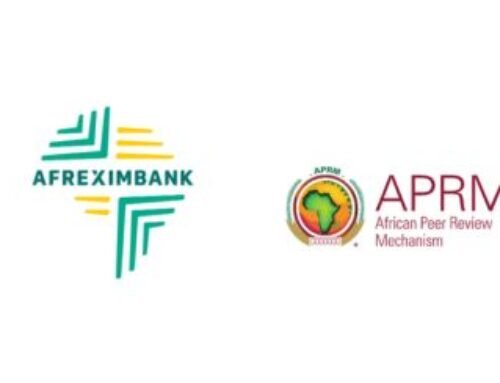
At the end of its 2nd Meeting this year, the Monetary Policy Committee (MPC) of the Central Bank of Nigeria (CBN) on Tuesday March 22, 2022 resolved to maintain the Monetary Policy Rate (MPR), which is the benchmark interest rate, at 11.5 percent for the umpteenth time. The Asymmetric Corridor was thus retained at +100 and -700 basis points around the MPR, the Cash Reserved Ratio (CRR) at 27.5 percent and the Liquidity Ratio at 30 percent. The CBN Governor, Godwin Emefiele, was of the opinion that the existing monetary policy stance should be allowed to continue for a little longer for consolidation. This would allow the MPC to realize its mandate of price stability that is conducive to growth.
Of the 22 Central Banks whose Monetary Policy Committee met in March, 2022, 16 increased policy rates by an average of 67bps. Only a minority-maintained status quo. The outliers include Russia and Nigeria.
In normal times, Central Banks avoid making major policy changes in the run-up to elections. This is because it could easily be misconstrued as being politically motivated. That is why most analysts were not surprised at the status quo decision of the CBN. However, 4 out of the 10 members (40%) present at the meeting voted in favour of a rate hike. This suggests that an interest rate hike is almost imminent and inevitable in the months ahead.
Conventional wisdom says higher interest rates cause Bond prices to fall. However, Central Bank’s rate is not a generic interest rate, and its influence on prices of Bonds of varying types and maturities has been much less decisive than often imagined.
The Central Bank’s rate is the overnight interbank lending rate. In other words, it is the rate banks charge each other on loans with the nearest term maturity. Central Banks target a range of rates consistent with its dual mandate of stable prices and maximum employment. Changes in the Central Bank rates tend to ripple across commercial lending rates and are an important economic signal for many investors.
The price of a bond moves inversely to its yield. If the yield rises the price drops and if it drops the price rises. Since bond yields are a form of interest, it is easy to see how a rise in the Central Bank’s rate could raise other interest rates.
Central Banks do not however directly set or target longer-term interest rates, which often move independently of their rates. The lack of correlation with longer-term bond yields may seem surprising, since longer dated bonds are often said to be particularly vulnerable to higher rates.
Bonds with longer maturities do have a higher duration, which measures how much price moves relative to yield based on the weighted average of the expected flows of principal and interest. Higher duration means a bond price is more sensitive to changes in yield. The key point is that duration measures a bond’s sensitivity to changes in yield for comparable maturities.
Bonds with a shorter duration are less sensitive to rate changes and may offer some protection. As a rule of thumb, the longer a bond’s duration, the more sensitive it will be to interest rate hikes, and the more its price will decline. Generally, if the goal is to reduce interest rate risk, it will be better to consider bonds or bond funds with a shorter duration.
Investors can lower interest-rate risk in their portfolios by moving to shorter-duration bonds and bond funds. They could also invest in floating-rate bond funds or in exchange-traded bond Funds that hedge that risk of higher interest rates
Inflation is a bond’s worst enemy. It erodes the purchasing power of a bond’s future cash flows. Typically, bonds are fixed-rate investments. If inflation is increasing, the return on a bond is reduced in real terms, which means it is adjusted for inflation. For example, if a bond pays a 4% yield and inflation is 3%, the bond’s real rate of return is 1%.
While rising interest rates will cause bond values to decrease, eventually, the decline will be more than offset as bonds mature and can be reinvested for higher yields.








Leave A Comment